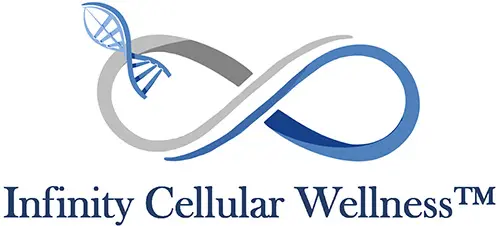Stem cells may potentially help repair migraine headaches by reducing neuroinflammation in the brain, protecting and repairing damaged neurons, and improving blood vessel function, all through their ability to regulate immune responses and promote tissue repair within the affected areas of the brain associated with migraine attacks. [1, 2, 3, 4]
Key points about stem cell therapy for migraines: [1, 3, 4]
- Anti-inflammatory effects: Stem cells are believed to have anti-inflammatory properties, which can help mitigate the neurogenic inflammation considered a significant factor in migraine pathogenesis. [1, 3, 4]
- Neuroprotection: Stem cells can secrete compounds that protect neurons from damage and may even promote the repair of damaged nerve cells. [3, 5, 6]
- Vascular improvement: Stem cells can stimulate the development of healthy endothelial cells lining blood vessels, potentially improving blood flow and reducing vascular issues associated with migraines. [3, 6]
Important considerations: [1, 2, 3]
- Research is ongoing: While promising, research on stem cell therapy for migraines is still in its early stages, and further studies are needed to fully understand its efficacy and safety.
- Delivery method: The method of administering stem cells for migraine treatment is still being explored, with potential options including intravenous injections or direct injection into specific brain regions.
Individual variability: The effectiveness of stem cell therapy for migraines may vary depending on the individual and the severity of their migraines. [1, 2, 3]
[1] https://pmc.ncbi.nlm.nih.gov/articles/PMC5498934/
[2] https://www.neurologylive.com/view/stem-cell-therapy-migraine
[4] https://www.nyheadache.com/blog/stem-cells-for-headaches/
[5] https://regenerativemedicinemichigan.com/treating-tension-headaches-with-regenerative-medicine/
